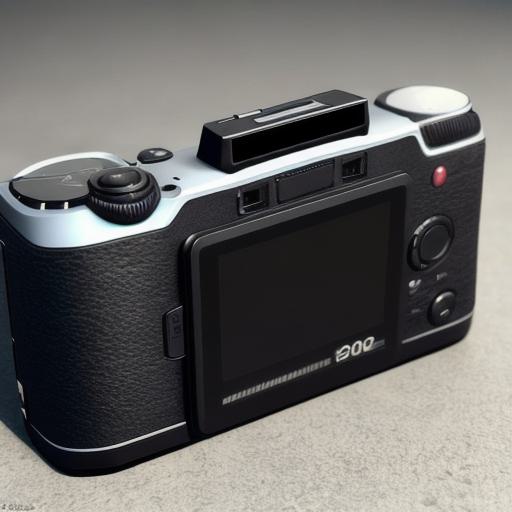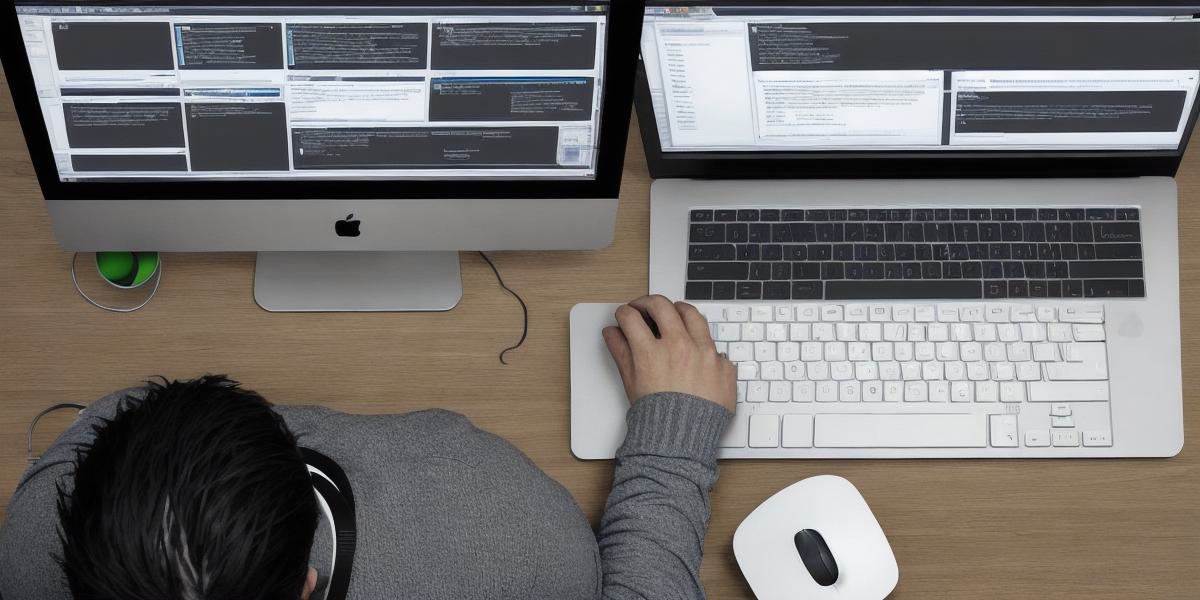Introduction
Hello mobile game developers! If you’re new to mobile game development or looking to expand your skills, this comprehensive guide is for you. In this article, we will cover the basics of mobile game development, the tools and technologies you need to get started, and some practical examples to help you on your journey.
**What is Mobile Game Development?
**
Mobile game development refers to creating video games for mobile devices such as smartphones and tablets. These games can be downloaded from app stores or played in a web browser. Mobile games often use cross-platform engines like Unity or Unreal Engine to create immersive gaming experiences.
**Getting Started:
Tools and Technologies**
To get started with mobile game development, you’ll need some essential tools and technologies.
Here are some popular options for creating mobile games:

- Game Engines: Unity and Unreal Engine are popular choices for creating 2D and 3D mobile games. Both engines offer robust features, large communities, and extensive documentation.
- Programming Languages: C is the most commonly used language in Unity, while Unreal Engine uses C++. Other options include Swift (iOS) or Java/Kotlin (Android).
* **Graphic Editors:**
Adobe Illustrator, Photoshop, and Blender are popular choices for creating 2D and 3D game assets.
* **Animation Tools:**
Adobe After Effects, Spine, and Toon Boom Harmony are excellent options for creating animations.
* **Version Control Systems:**
Git is a widely-used version control system that helps you manage your project’s codebase.
**Practical Examples: Creating Your First Mobile Game**
To get a feel for mobile game development, let’s explore an example using Unity and C. We’ll create a simple 2D game where the player can move left and right to avoid obstacles.

- Download and install Unity Hub and Unity.
- Create a new 2D project in Unity.
- Add a Rigidbody2D component to the player object.
- Write C scripts for input handling, movement, and collision detection.
- Add obstacles using sprites or prefabs and apply physics properties.
- Test your game on various mobile devices for compatibility.
**Conclusion: The Future of Mobile Game Development**
Mobile games continue to dominate the gaming industry, offering accessibility, convenience, and engagement for players worldwide. With the right tools, knowledge, and dedication, you can join this exciting field and create your own unique mobile game experiences.
